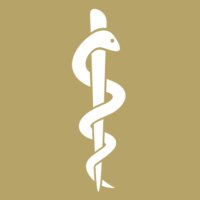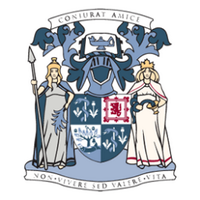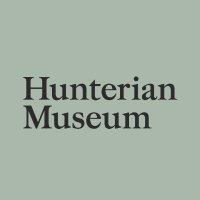
Physicians' Gallery
@rcpeheritage
A free museum and library exploring the science and humanity of medicine at the Royal College of Physicians of Edinburgh @RCPEdin
ID: 3403924119
https://linktr.ee/PhysiciansGallery 05-08-2015 09:47:19
2,2K Tweet
6,6K Followers
1,1K Following
















Join us and Edinburgh Zoo vet Prof Simon Girling at our Christmas charity lecture on 5 Dec. Wine, mince pies, and a fascinating talk on Scotland's exotic animals! Book here👉eventbrite.com/e/christmas-ch…






















